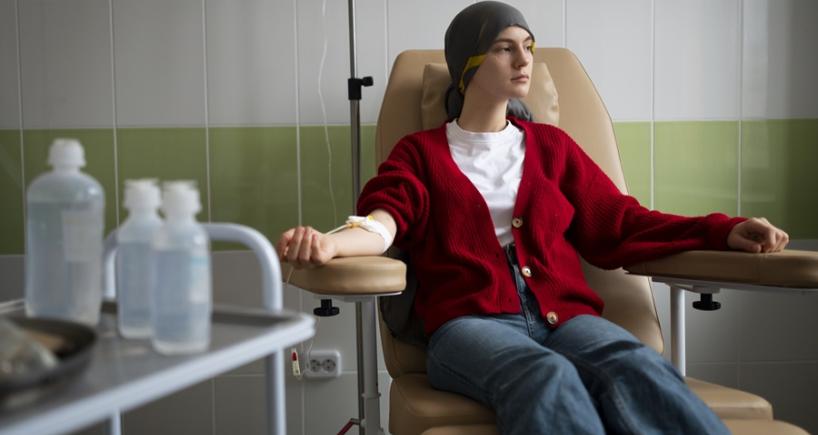
What is Bone Marrow Transplant for Blood Cancer Treatment?
Bone marrow transplant or peripheral stem cell transplant—a crucial technique employed in treating hematological or blood cancers such as leukemia, lymphoma, myeloma, and other rare blood cell disorders like myelodysplastic syndrome and myeloproliferative neoplasms.
Bone marrow transplant encompasses two main types:
Autologous transplant
Autologous transplant involves harvesting your own peripheral stem cells, storing them while undergoing high-dose chemotherapy, and then reintroducing them into your system to regenerate normal cells destroyed during the treatment.
Allogenic stem cell transplant
Allogenic stem cell transplant involves sourcing stem cells from a donor, which could be a sibling, an unrelated donor, or a half-matched donor. The compatibility between the donor and recipient, determined by HLA matching, is crucial for the success of the transplant.
While transplant offers hope in tackling diseases like leukemia, lymphoma, and myeloma, it also comes with challenges. Patients may experience increased transfusion requirements, susceptibility to infections necessitating stronger antibiotics, and occasional intensive care needs during hospitalization for recovery.
Common side effects post-transplant include mucositis, fatigue due to low blood counts, and persistent diarrhea. Allogenic transplant recipients are closely monitored for graft versus host disease (GVHD), which may manifest as skin rashes, liver dysfunction, or gastrointestinal issues, requiring long-term follow-up care.
Bone marrow transplant stands as a beacon of hope in the fight against blood cancers, yet navigating its complexities requires diligent care and comprehensive support.
Categories
Clear allMeet the doctor

- Oncology | Medical Oncology | Hemato-Oncology | Oncology
- Haematology | Paediatric Haematology and BMT
-
22 Years
-
1320
 Available at 1 different locations
Available at 1 different locations




















